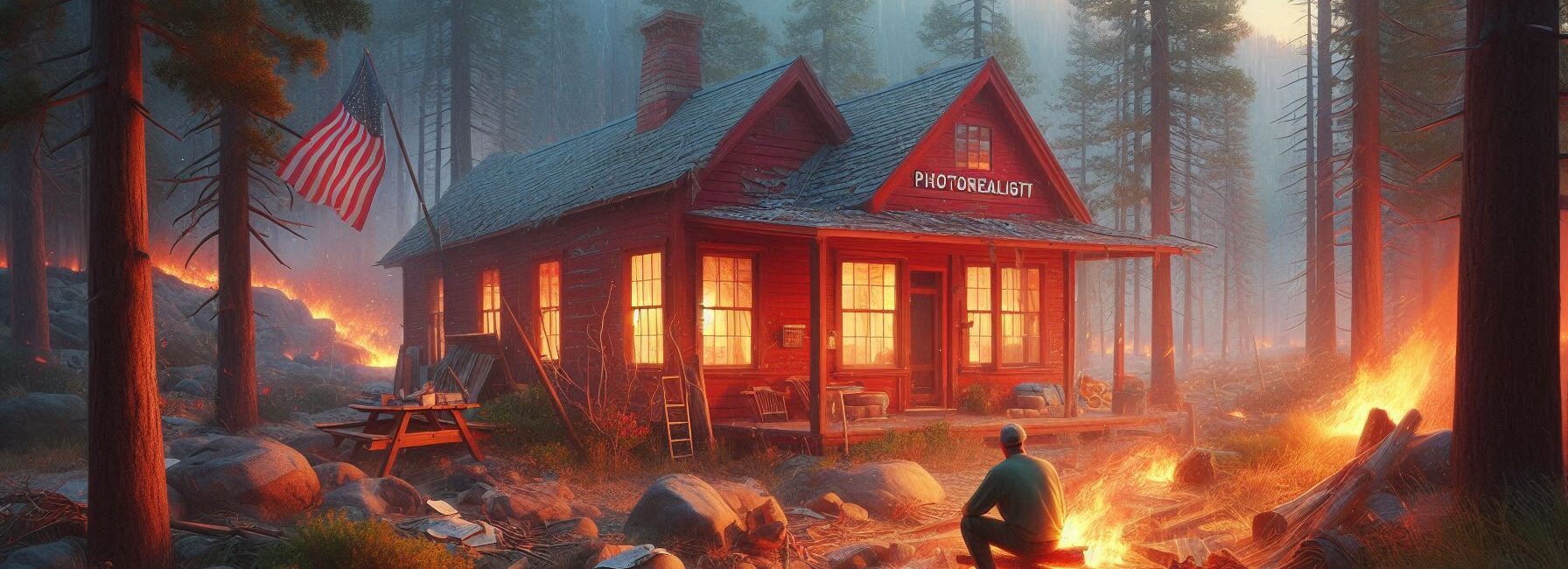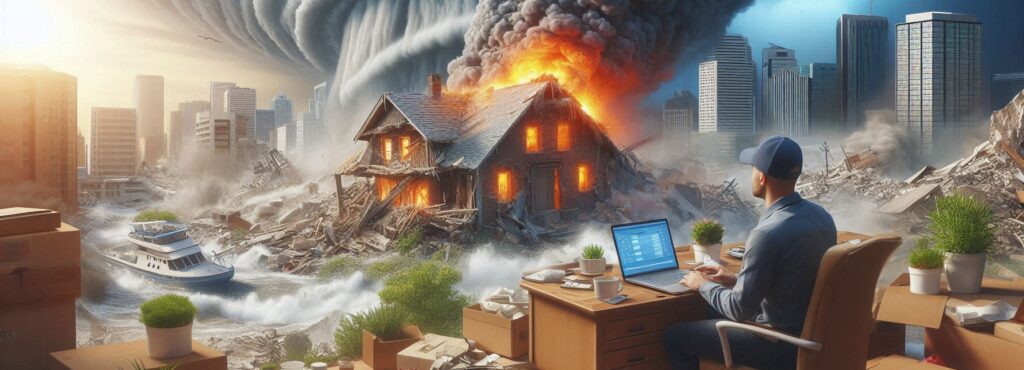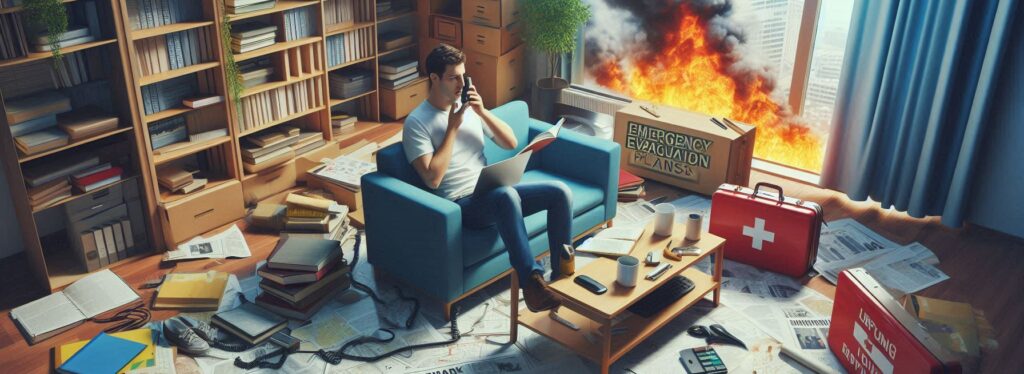
Let’s be honest: wildfires can turn a beautiful sunny day into an episode of “Survivor” faster than you can say, “Is that smoke I smell?” Whether you live in the heart of the forest or just near a patch of grass that looks like it hasn’t had a drink in weeks, understanding how to prepare for wildfires is essential.
So, grab your s’mores supplies (because who doesn’t love those?), and let’s dive into what you need to know about staying safe when those red flag warnings start waving!
Understanding Red Flag Warnings: What Do They Mean?
First things first—what exactly is a red flag warning? No, it’s not an alert that your favorite sports team is losing (though that might feel equally devastating). A red flag warning indicates conditions are ripe for wildfires due to factors like strong winds, low humidity, and dry vegetation.
It’s basically Mother Nature saying, “Hey folks, this isn’t the time for a campfire sing-along!”
Now, how do you stay informed about these warnings? Local news channels and weather apps are your best friends here. Keep an eye on them like they’re your favorite reality TV show—because let’s face it; this could get dramatic!
Interestingly enough, many communities also have alert systems you can sign up for. Trust me; getting a text about potential fire dangers is way better than finding out while you’re grilling burgers.
So, when that red flag warning pops up on your phone screen like an unwanted advertisement, it’s time to take action!
Creating an Emergency Plan: Get Everyone Involved
Now that we’ve established what those pesky flags mean, let’s talk about crafting your emergency plan. This isn’t just about packing snacks and hiding under the bed (though I fully support snack-packing). It involves gathering everyone in your household—yes, even the pets—and discussing what to do if flames come licking at your door.
Start by identifying escape routes from your home. You want multiple options because relying on just one route is like betting all your money on one horse at the racetrack—it rarely ends well!
Practice these routes with everyone so they become second nature. And hey, if there are kids involved, make it fun! Pretend you’re secret agents escaping from danger—spy music optional.
Speaking of which, designate a meeting point outside of your neighborhood where everyone will regroup after evacuating. You don’t want to end up searching for each other amidst chaos while yelling “Marco Polo!” That game only works when there’s water involved.
Fireproofing Your Home: Defenses Against Flames
Okay, now let’s roll up our sleeves and get down to business—fireproofing your home! Think of this as giving your house some superhero powers against flames.
Start by clearing away any flammable materials within at least 30 feet of your home. This includes dry leaves, twigs—even that pile of old lawn furniture you’ve been meaning to throw out since last summer.
Next up: check your roof and gutters! If they’re full of debris like my sock drawer after laundry day (which is never organized), then you’ve got yourself a fire hazard right there. Clean those gutters out regularly because embers can ignite anything dry sitting around.
To be fair though—you can’t completely fireproof a house unless you’re planning on encasing it in concrete (and even then…).
Consider using fire-resistant building materials if you’re renovating or building new structures. It might cost more upfront but think about it as investing in insurance against disaster—a good idea no matter how much you love wood paneling!
Preparing an Evacuation Kit: Pack Like a Pro
When wildfire season rolls around and those red flags start waving high and proud, it’s time to pack an evacuation kit. And no—I don’t mean tossing random items into a duffel bag while frantically looking around the house like some kind of panic-stricken tornado survivor.
Start with essentials such as water (a gallon per person per day), non-perishable food items (hello peanut butter!), medications, important documents (don’t forget passports!), and clothing suitable for different weather conditions. Honestly speaking though—if you have pets or kids involved here too… add their stuff as well!
Also consider including some comfort items—a beloved stuffed animal or family photo goes a long way when everything feels chaotic outside. Let’s see… maybe toss in some cash? After all—the world still spins on dollars regardless if fires are raging nearby!
Staying Informed: Knowledge Is Power
Finally—and perhaps most importantly—stay informed during wildfire season! Knowing what’s happening around you will keep anxiety levels lower than trying to teach Grandma how to use Zoom.
Follow local news outlets online or via social media platforms—they often provide real-time updates during emergencies so you’ll know whether it’s safe to stick around or time to hightail it outta there!
Also sign up for community alerts through apps designed specifically for emergencies; they’ll ping straight through every distraction life throws at us today.
Interestingly enough—as much as we love our smartphones—we should also have backup plans without technology reliance too! Keep battery-powered radios handy just in case power goes out—you’ll thank me later when you’re jamming out while waiting safely elsewhere!
Resources:
Ready.gov – Wildfires
https://www.ready.gov/wildfires
National Interagency Fire Center
https://www.nifc.gov
American Red Cross – Wildfire Safety
https://www.redcross.org/get-help/how-to-prepare-for-emergencies/types-of-emergencies/wildfire.html


